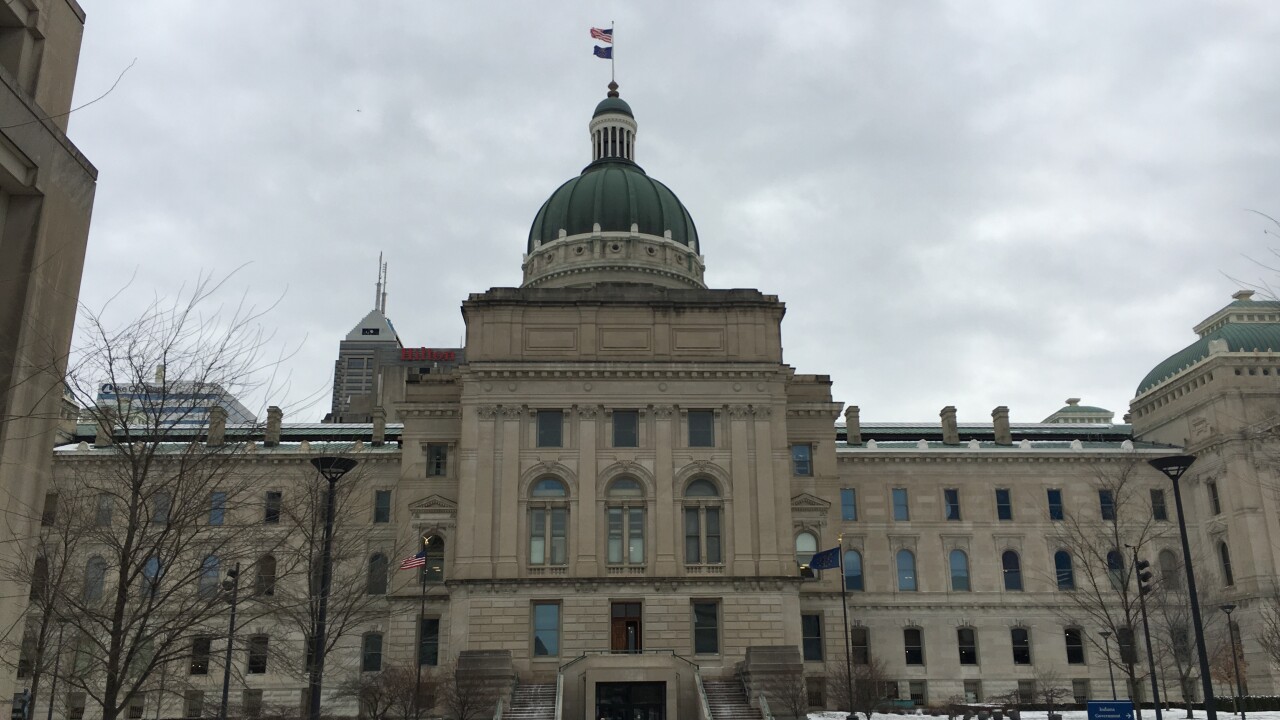INDIANAPOLIS — This week, Hoosiers are getting their first chance to look at newly drawn district maps for Indiana and U.S. House of Representatives.
Next week, the Indiana Senate district map will be released. Redistricting happens once every ten years, taking into account new census about Indiana's population.
RELATED | Just released Indiana and US House of Representatives Maps
For years, and especially this year, groups like Common Cause Indiana have been stressing the importance of a fair, impartial, and transparent process when it comes to redistricting.
There are concerns the party in power will draw lines that give them a distinct advantage in elections. Julia Vaughn, Common Cause Indiana's Executive Director, said the district lines that have been used the last ten years are gerrymandered, meaning the district lines are manipulated to give one party more chances of winning.
Vaughn says gerrymandering can be broken down into two categories: cracking and packing.
"We could tell that story again, again, and again, across our state," she said. "It happens in all the major cities."
Vaughn highlights Bloomington as an example.
"We have communities like Bloomington, where the city has been carved up into multiple districts so that there's not enough of those Bloomington voters in one district to exert their political muscle," she said.
Vaughn explained through cracking, some urban areas are split up and linked to wide swaths of rural areas, diluting the voter power of those in the cities. Packing also impacts urban areas. Some districts are drawn to concentrate the voting power in one district to reduce the voting power in other districts.
"We have seen the U.S. Census data. We know more people live in bigger cites and urban areas than they do in the small towns. Because of that, these areas should be setting the agenda in our state," Vaughn added.
"As is, we have a system where politicians largely pick their districts, not voters picking their politicians," Cory Ray, Legislative Coordinator with Sierra Club Hoosier Chapter said.
Ray added that fair redistricting is important to them because it would allow their members to ask for changes. Those changes in policies that are important to their group (environmental and social justice,etc.) could have a better chance of happening if the districts were drawn fairer.
"We organized phone banks to give our supporters and Hoosiers across the state the opportunity to call Republican leadership in the Statehouse to demand a fair and transparent redistricting process," Ray said. "If the process isn't deemed fair, politicians can expect to have to fight to be reelected."
"We are here. We are paying attention. We aren't going to forget about this next election and their actions do have consequences," Ray added.
"This is about fundamental fairness. Are we going to have elections that are fair?" Vaughn asked. "Elections that give Hoosiers, no matter where you live, your zip code, what you look like. Are you going to have as much say as the person in the next county over?"
The first round of redistricted maps were released on Tuesday. The House Elections Committee will hold public meetings Wednesday at 10 a.m. and at 1 p.m. at the Indiana Statehouse. The Senate District Map will be released next week.




